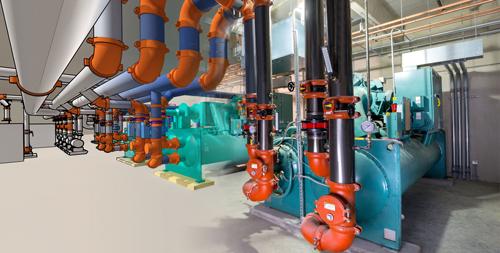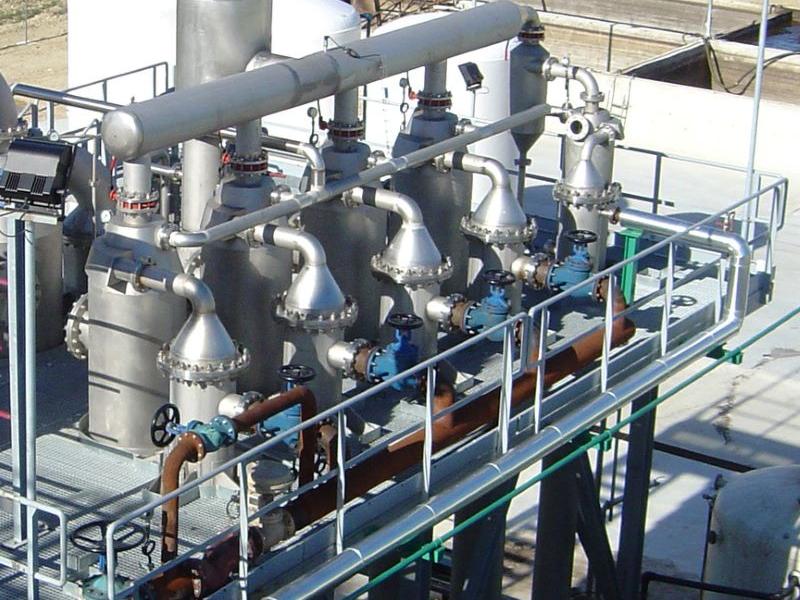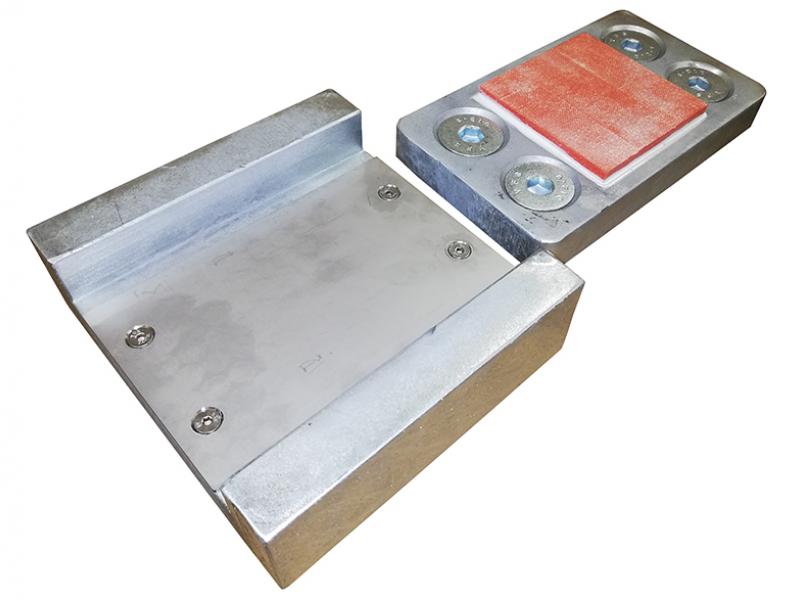By Amanda Comunale, Director of Victaulic Construction Piping Services
Set to become the standard practice globally, (Building Information Modelling) BIM is revolutionising the way architects, engineers, contractors and owners in Australia collaborate to streamline construction projects, increasing productivity and driving down costs.
Just as CAD and prefabrication revolutionised the design and construction functions and became the industry norm, so BIM is set to become standard practice globally for the efficient whole-life management of building projects.
BIM has become the construction ‘buzz’ acronym that excites some while striking apprehension in others. Bottom line: it’s here to stay and it’s propelling today’s increasingly complex construction projects.
Uptake of BIM in Australia
Although the concept of BIM got off to a slow start, it is now gaining ground globally, including in Australia, where the region is considered leaders of this technology. BIM is fast becoming a must-have capability with a large number of contractors currently using BIM in Australia and in New Zealand.
An Australian government-funded report stated that increased use of BIM in the building sector could improve productivity from between 6 to 9 percent and if adequately supported, adoption rates could jump from 6 to 16 per cent. The report said that this could translate into an economic benefit equivalent of 5 billion being added to Australia’s GDP .
With construction projects becoming more compressed, multifaceted and tight-budgeted, Building Information Modelling (BIM) is becoming the construction expressway to project success. Since it’s here to stay, we thought we’d forecast its future with the top trends predicted to shape the potential of BIM.
Increased Collaboration & Advanced Technology
Early collaboration among stakeholders and advancements in technology are quickly elevating the capabilities of BIM, especially as owners, engineers, general contractors and sub trades move beyond their silos. We are seeing more projects finalized upfront during the design stage.
With final agreement and input from all project participants prior to construction, collaboration helps remove bottlenecks late into the job and avoid the frustrating requests for information (RFIs) that stall work in progress. This early collaboration approach will only be further enhanced by new technologies such as 4D-scanning, sequencing and scheduling.
Contractors Mirror Engineering Groups
As more projects specify BIM, contractors are becoming more like engineering groups. More and more contractors are creating construction models that incorporate engineering input – in hopes of creating more constructible models at the forefront of the project. Accurate models lead to smoother building projects.
Prefabrication and Modularisation
To boost productivity beyond what is achievable on the jobsite; mechanical contractors are progressively adopting prefab techniques such as modelling, predesigning and prefabricating risers and racks that are installed in long corridors. Prefab is especially useful for the quick installation of piping, ductwork, electrical and drywall. Just as prefabricating in ideal conditions off site delivers greater efficiency on site, so using BIM removes uncertainty and eliminates problems during construction and installation. The philosophy is the same: spend time at the earlier stages to reduce problems and time spent in the field where the risk is greatest.
Scanning
Typically, older structures and retrofit projects lack the sophistication of 3D models and detailed drawings. To develop that data, we are noticing a trend of digitally scanning existing buildings such as hospitals, hotels and colleges. The buildings are scanned internally and externally to help develop data-rich 3D models.
In addition, scanning helps contractors working on new builds assess productivity by comparing current and past building scans.
Data-Rich Content
The “I” in BIM stands for information. As such, data-rich content is in demand, and will only continue to grow as the capabilities of BIM become fully realized. Content creation is taking off as the need for accuracy in preplanning grows. In turn, a standard for content creation needs to be developed so manufacturers have a greater understanding of what engineer’s desire. The richer the content, the easier it is for the exportation of reports that can analyse systems for items like energy performance or ongoing maintenance.
Improved Facilities Maintenance
Data-rich content leads to constructible 3D-models that empower facility maintenance managers to optimize and manage maintenance more efficiently. Robust models support energy performance testing, streamlined maintenance and access to reliable information such as part identification, installation manuals and much more.
Many of the aforementioned trends rely heavily on information, technology and collaboration. Without any of those components, the most powerful advantages of BIM will be absent from any project. Stakeholders must tackle projects with strong execution plans that lead coordination and set standards on how sub-contractors work together – so that everyone is reading the same play book while gaining insight and delivering best-in-class projects.
The importance of BIM is becoming increasingly apparent - adapting to the trends will allow the commercial sector to keep their competitive advantage.
As the uptake of BIM increases so will the trends. It is important that businesses keep an eye on this movement as its benefits continue to take the sector by storm.
BIM benefits summary
• Maximum project co-ordination
• Close partner communication
• Accurate design detail
• Reliable costing
• Early clash detection
• Quick conflict resolution
• Less field measurement
• Fewer change orders
• Fast and smooth work scheduling
• Waste and rework reduction
• Uninterrupted work flow
• Higher productivity
• Less risk
• Lower cost
• On-time project completion
For more information visit www.victauliccps.com






